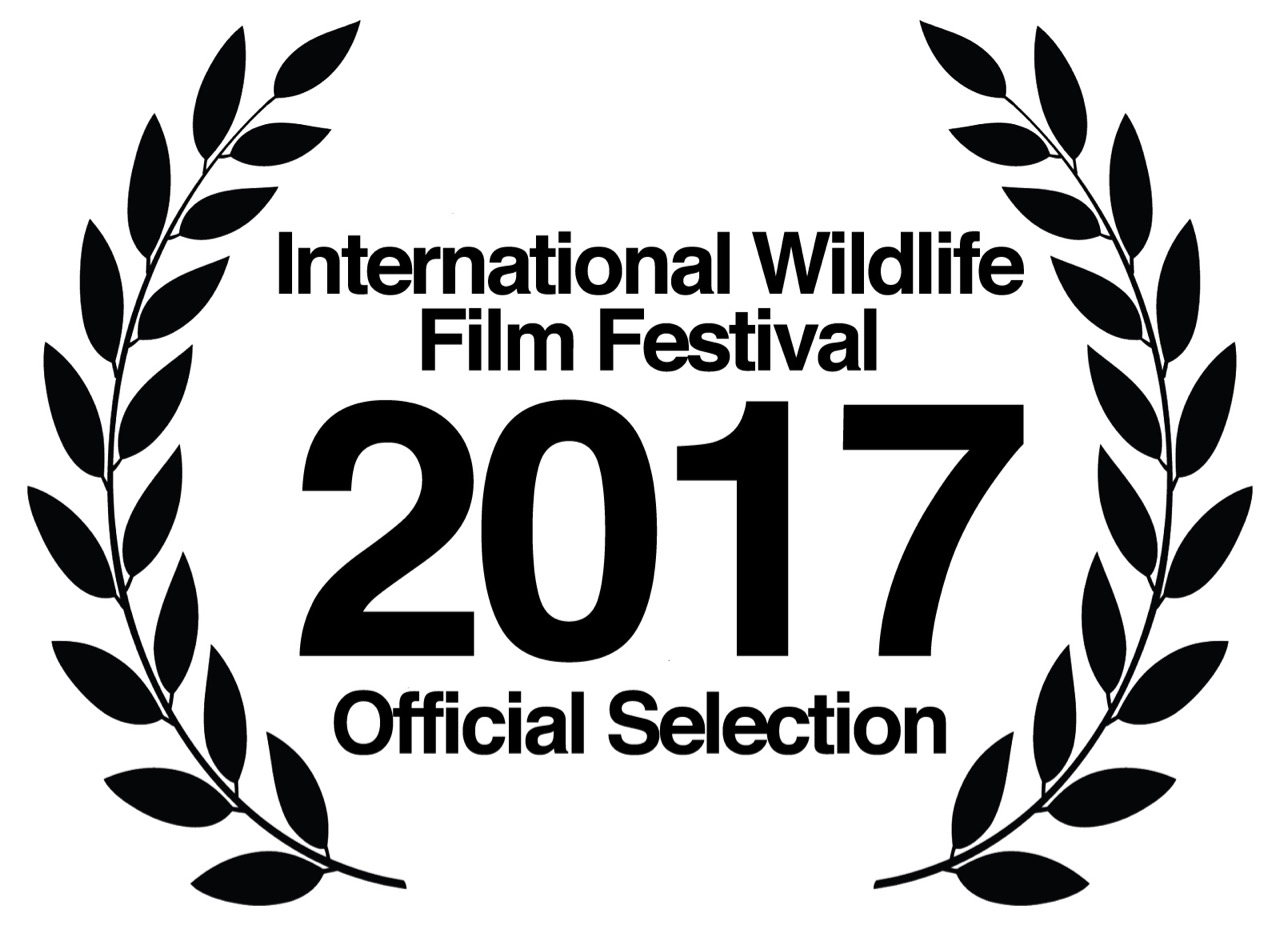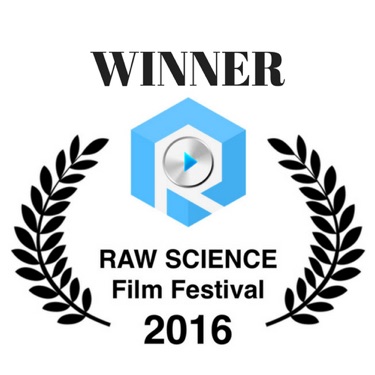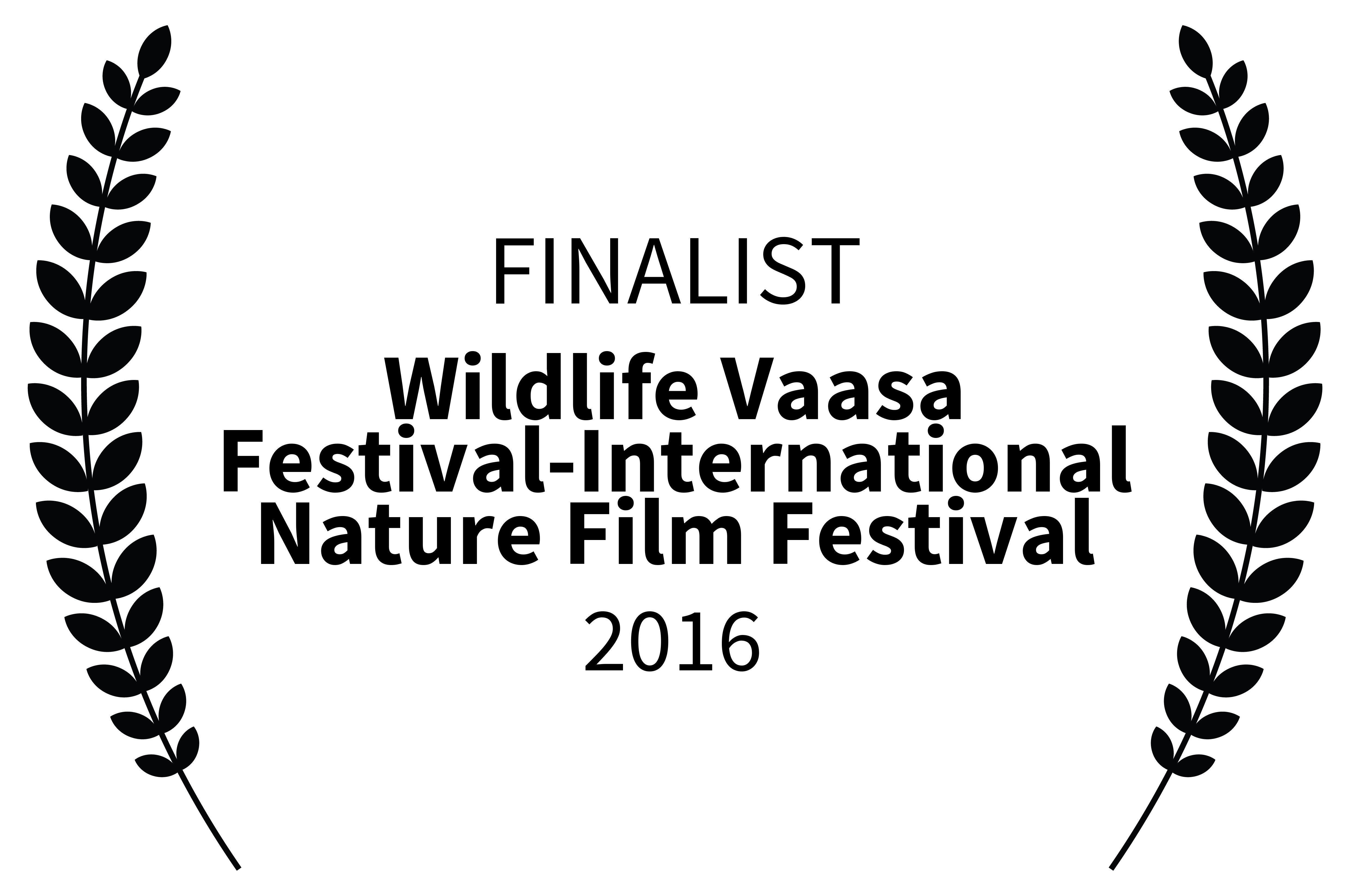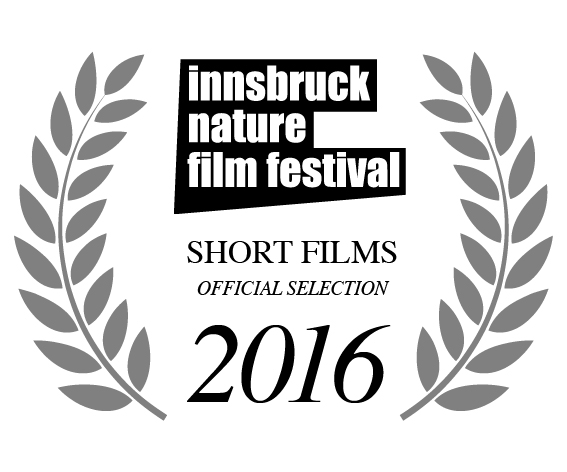Microsculpture
Insect Portraits of Levon Biss
About Microsculpture
The insect portraits of Levon Biss!
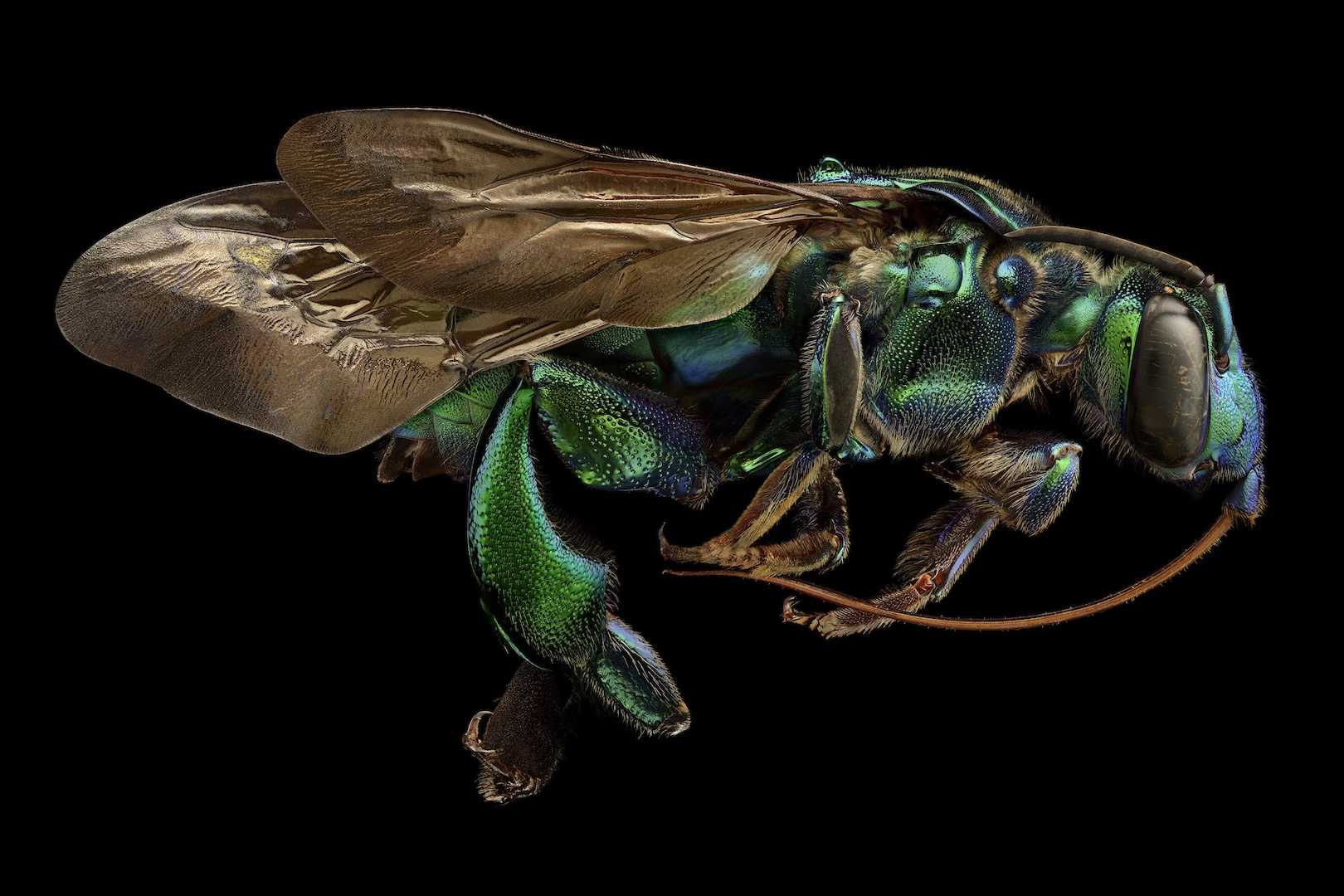
LEVON BISS
The photographs of Levon Biss cast specimens from the Oxford University Museum of Natural History’s entomology collection quite literally in a new light. Their scale and resolution not only reveal the unexpected and often breathtaking beauty of insects, but also make clear the many intricate evolutionary adaptations to their form - what entomologists call microsculpture.
A Short Film in the making
Studio process showing how shapes and colours come in abundant variety, but it takes the power of an optical microscope or camera lens to experience insects at their own scale: ridges, pits or engraved meshes combine with exquisite complexity.
Levon Biss’ photographic process composites thousands of images, using multiple lighting setups, to create a final portrait which reveals this microsculpture. It is thought that these structures alter the properties of the insect’s surface in different ways, reflecting sunlight, shedding water, sensing food sources or trapping air.


Oxford University Museum of Natural History
The Oxford University Museum of Natural History’s internationally-important insect collection contains more than five million specimens. Drawn from every country in the world, this collection holds material from some of the most remote regions and islands. It includes the world’s oldest pinned insect and thousands of insects collected by pioneering explorers and biologists such as Charles Darwin, Alfred Russel Wallace and David Livingstone.
The Microsculpture exhibition has been touring since its launch in 2016, with exhibitions across Europe, U.A.E. and the USA. It has received numerous awards and recognition around the world as a unique and inspiring body of work that has taken the genre of macro photography to an entirely new level.
Levon's Studio
Also visible are minute hairs that are adapted for many purposes, such as gripping smooth surfaces, carrying pollen, or detecting movement. These hairs are sometimes modified into flattened scales – structures so small they appear like dust to the naked eye.
In certain insects, such as butterflies and beetles, these scales scatter and reflect light to create some of the most vibrant and intense colours seen in nature.

Our Team
The documentary about Levon and Microsculpture was directed by Tanya Cochrane and filmed at Oxford Museum of Natural History by cameraman Ben Westaway and edited by Edmund Saunders
Printing large scale images for the Microsculpture exhibition
